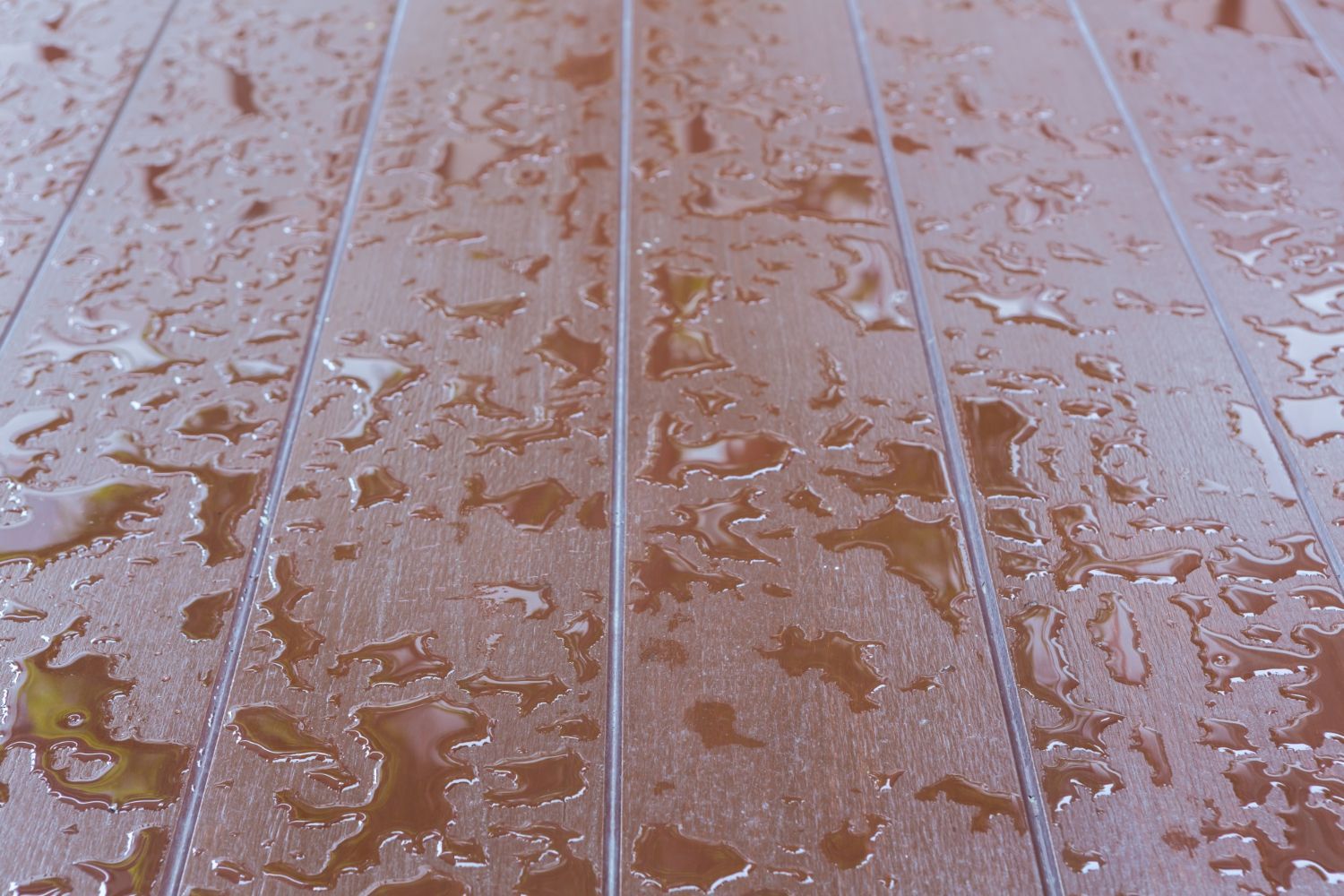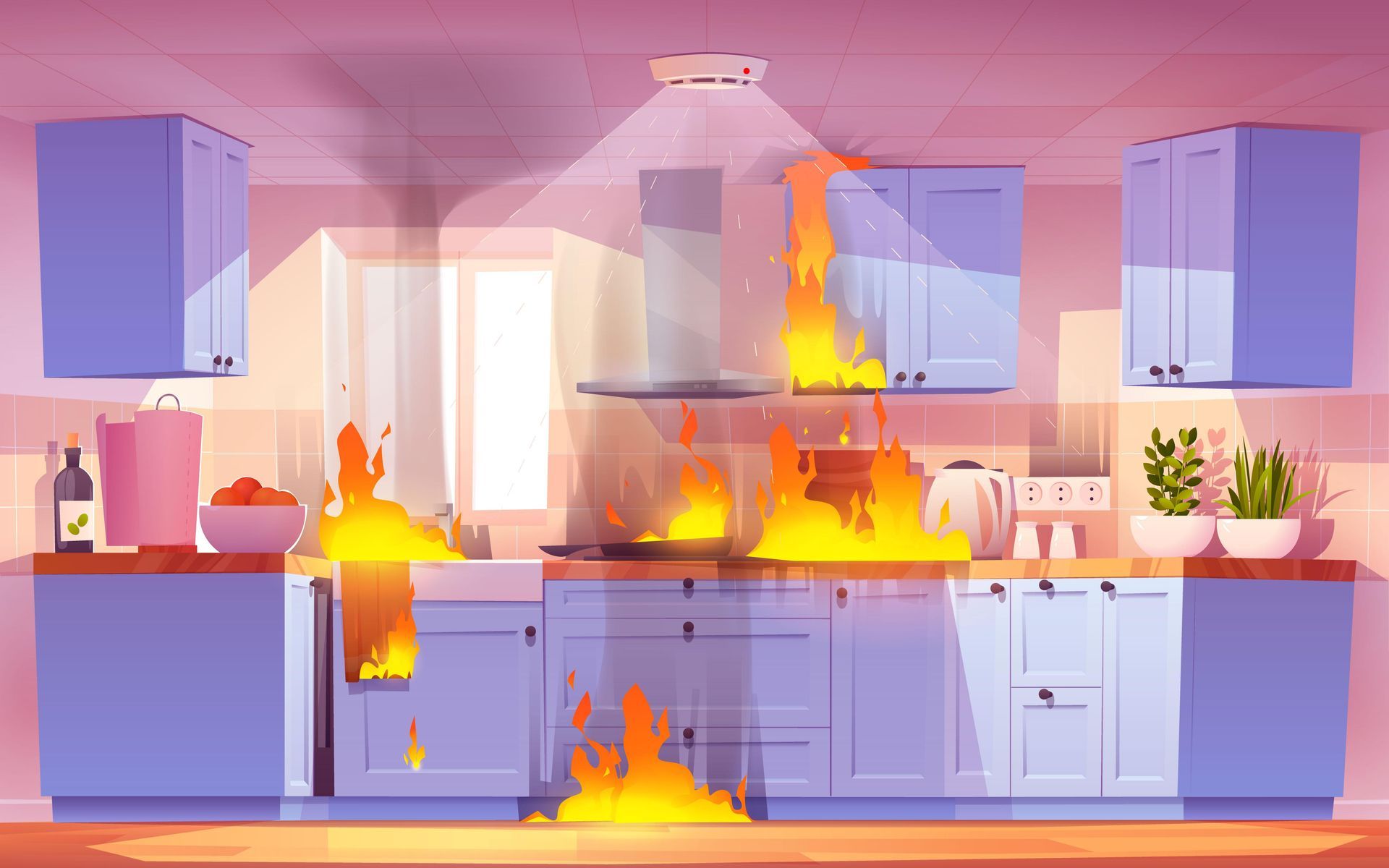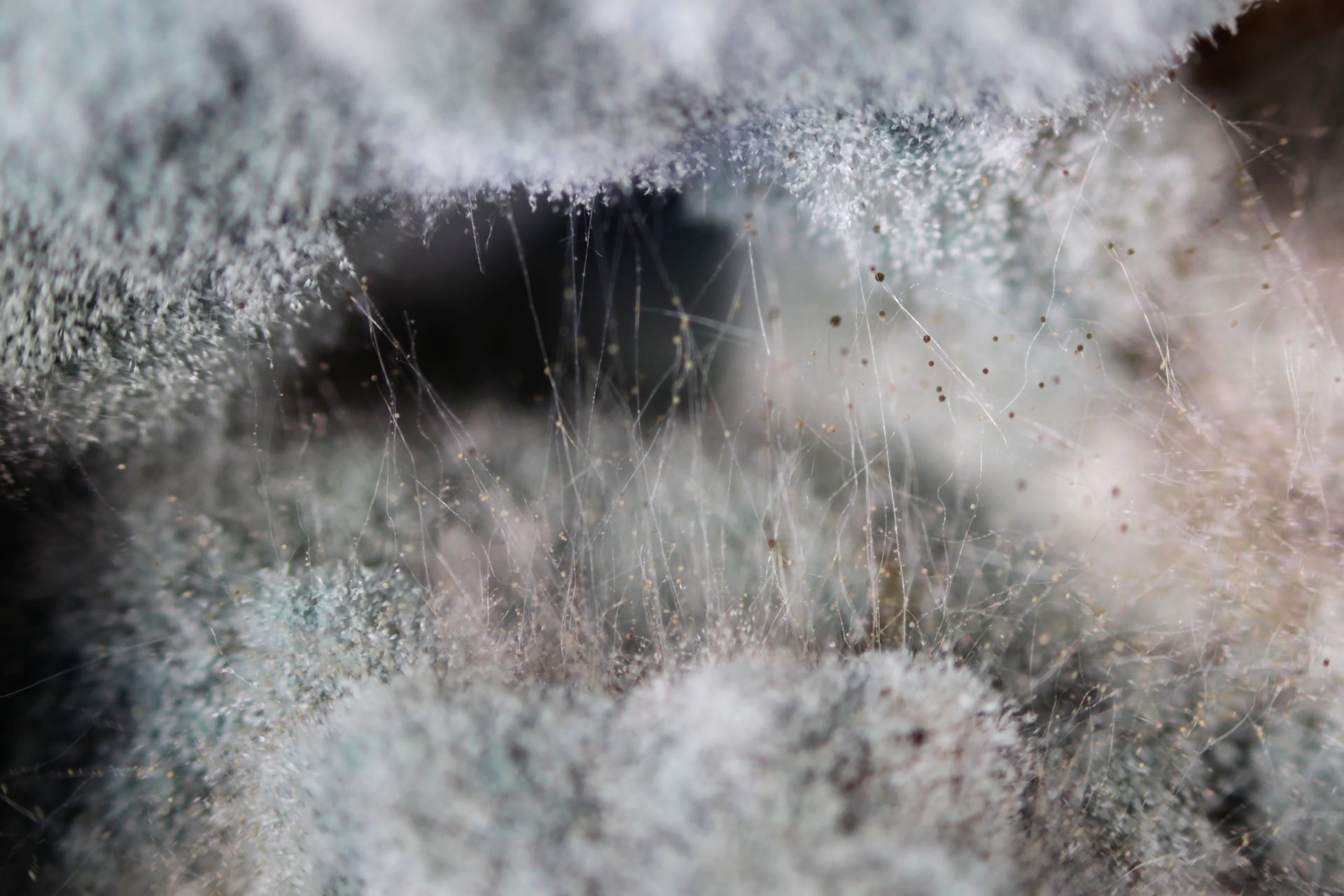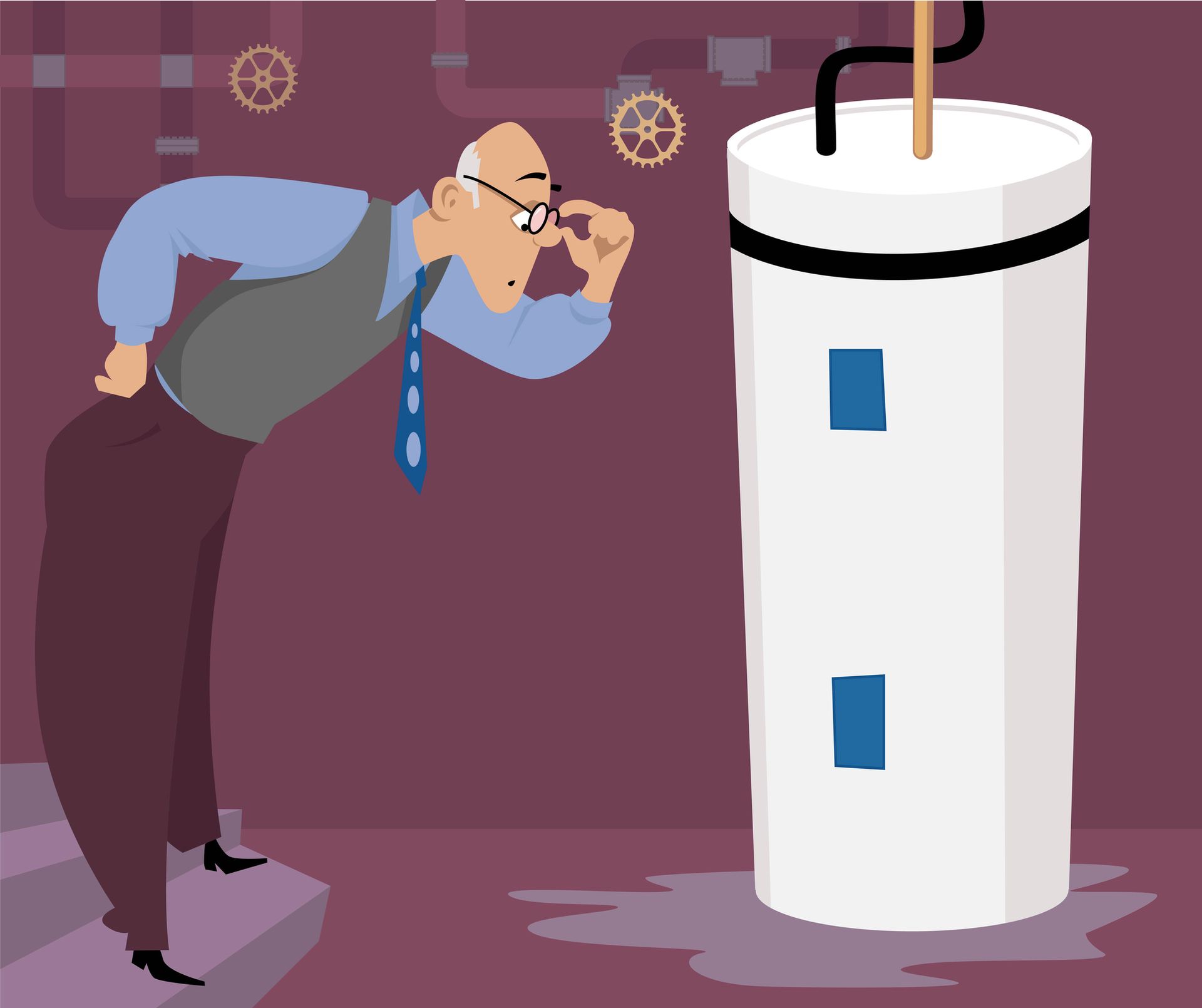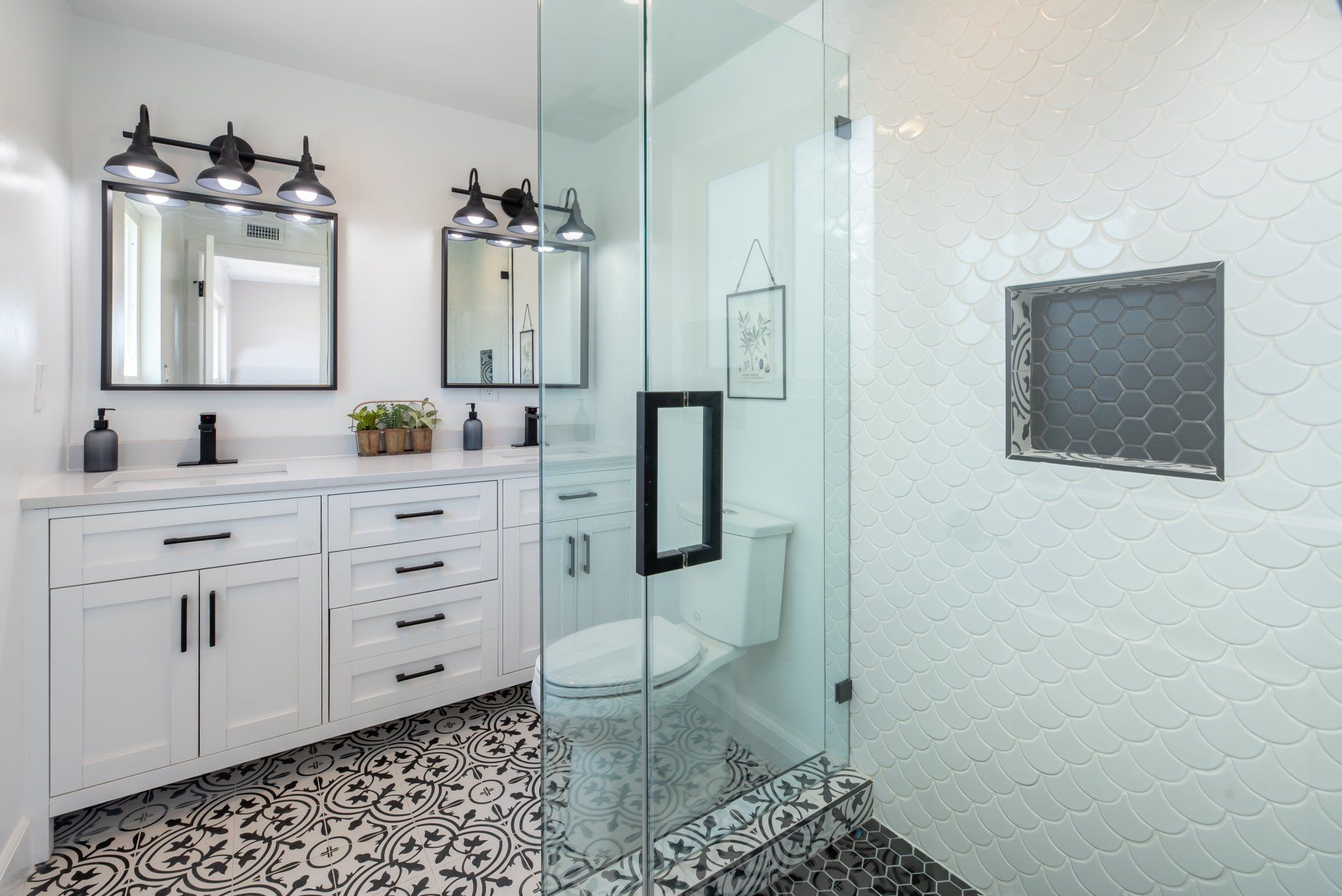24/7 Emergency Service -
available now!
Removing Old Carpet
Removing Old Carpet- Loudoun, VA
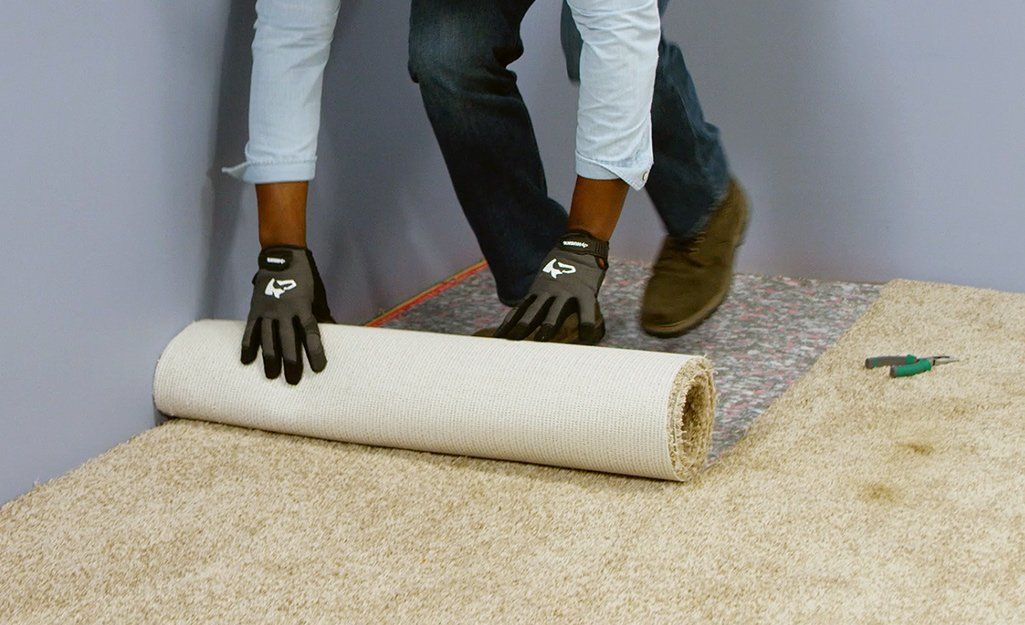
If you've started tackling your home's DIY projects, you might be moving on to the floors soon. Do you want to replace your old carpet with something new? It may not be as difficult as you thought to remove your old carpet yourself. Through regular tread, water damage, and/or staining, carpets can wear out over time. Ripping up the carpet might seem like a big task, but it will be worth it if you want to update it or replace it with something completely different. A good guide, the right materials, and some motivation are all you need.
Get Protective Gear
In most DIY projects, this is the first step, especially when dealing with projects that involve sharp tools, such as carpet removal. The use of protective gloves and closed-toed shoes should be among the top priorities when it comes to safety.
Try Pulling First
You don't want to spend more time than necessary removing the carpet. A lot of the time, the carpet isn't stuck under a baseboard, so you don't have to remove the baseboards all the time to get the carpet up. If you begin at one corner and pull, you might be surprised how far you can get.
Use a Utility Knife
You can cut a small square of carpet from a corner of a room and pull from that point if the method of pulling the carpet fails at first. Though pulling initially may be effective, do not strain yourself. Using quality tools when needed can actually make a big difference.
Be Careful Around Tack Strips
Tack strips hold the carpet down. They are also known as the strips around the perimeter of the room that secure the carpet. As a result, make sure you avoid these strips whenever you can and make sure not to step on them.
Remove Rusted Tack Strips
The tack strips can also rust and corrode as a result of wear, tear, and moisture. Especially after a few years with the same carpet. Make sure you remove any rusted tack strips as soon as you have your carpet up. Damage to these could also indicate damage to the subfloor, so it's worth checking.
Check Your Subfloor
After you've removed the carpet, you should make sure you thoroughly check the subfloor, even if you haven't noticed much damage to the tack strips. If the wood strips are damaged or otherwise compromised, make sure you feel comfortable before you install any new flooring.
To check, you can walk on the floors and jump up and down - safely, of course.
Removing Old Carpet on Your Own
Creating custom DIY projects is possible for every home, and there's no need to limit yourself. It's all about using the right skills, tools, and materials to remove carpeting correctly so you can lay down a brand-new floor that looks great.
Water and Mold-Damaged Carpet
Water or mold damage to your carpet should also be removed immediately to prevent further damage. Mold spreads and consumes the surrounding porous materials as well as triggering a number of health issues for the entire family. Depending on the extent of the damage, it's important to contact a restoration company as soon as possible to remove the damaged carpet or to dry it in place. The experts will use professional drying equipment to dry out the affected area efficiently and effectively without the risk of it spreading. They will also apply an anti-microbial to prevent mold growth in the future.
Contact Anthony Restoration Loudoun today if you have experienced water damage or mold growth in your home.
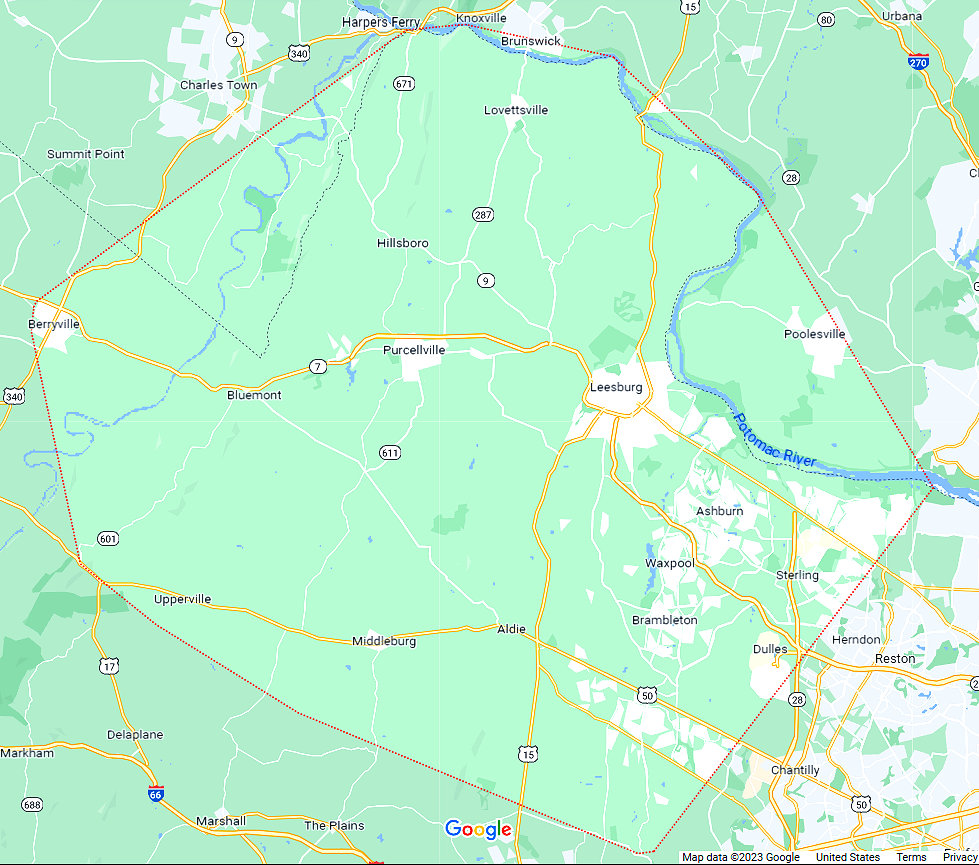
Serving Loudoun County, VA
and Surrounding Areas
Loudoun County
Lovettsville
Dulles
Middleburg
Upperville
Berryville
Purcellville
Leesburg
Lansdowne
Ashburn
Broadlands
Sterling
Brambleton
South Riding
Copyright© 2023 Anthony Restoration of Loudoun, all rights reserved.

